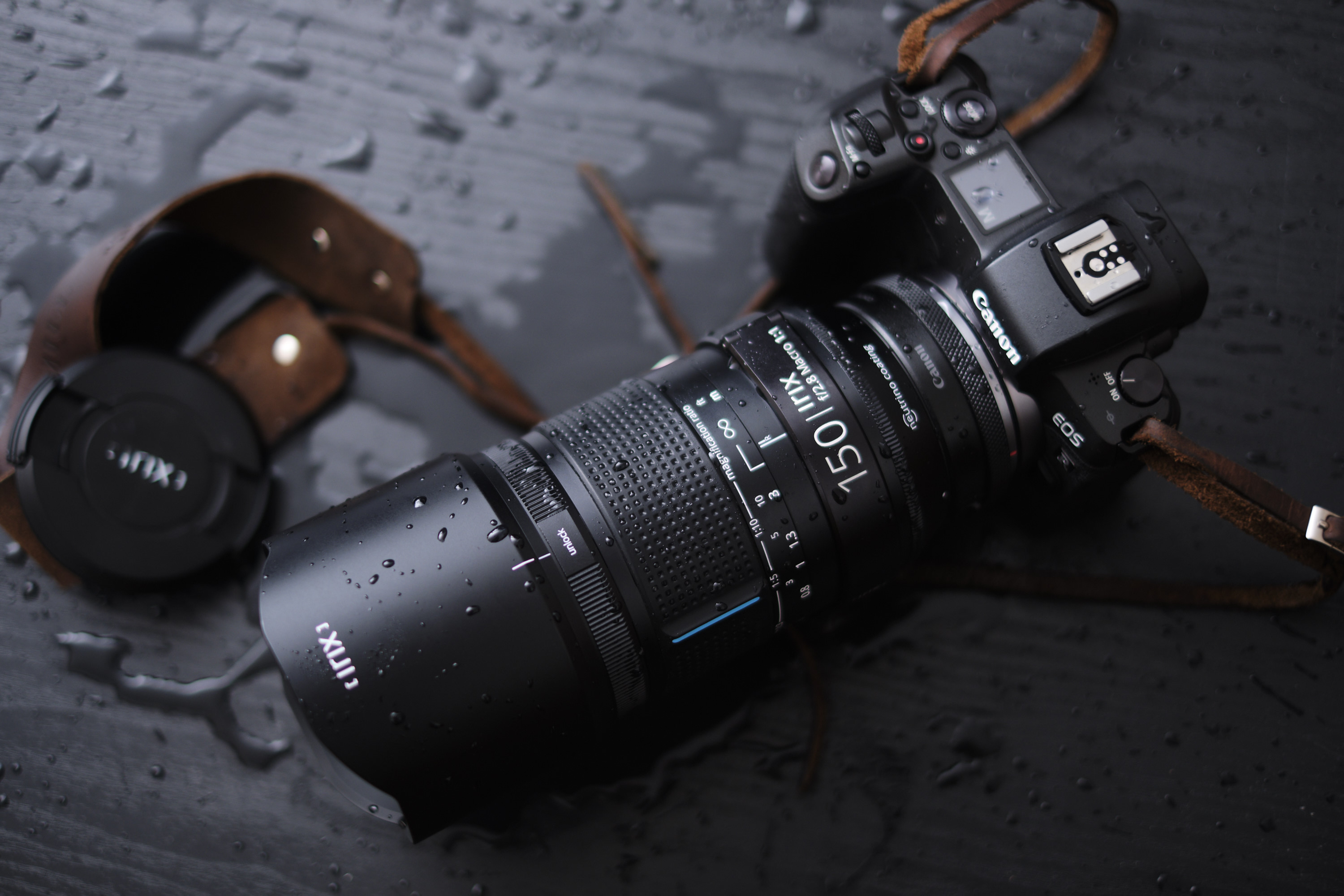If you want to get up close and personal with the smaller things in life, you need to introduce yourself to macro lenses.
Have you ever wondered how photographers get insanely detailed shots of bugs and insects and make them look like giants? Do you need to take incredibly detailed shots of small objects? If so, you need to learn more about macro lenses. In this roundup, we have listed seven macro lenses so good that once you use them, you’ll be hooked on macro photography for life. Join us after the break to see why we recommend that every photographer should have a macro lens in their bag, and more importantly, which seven lenses will impress you.
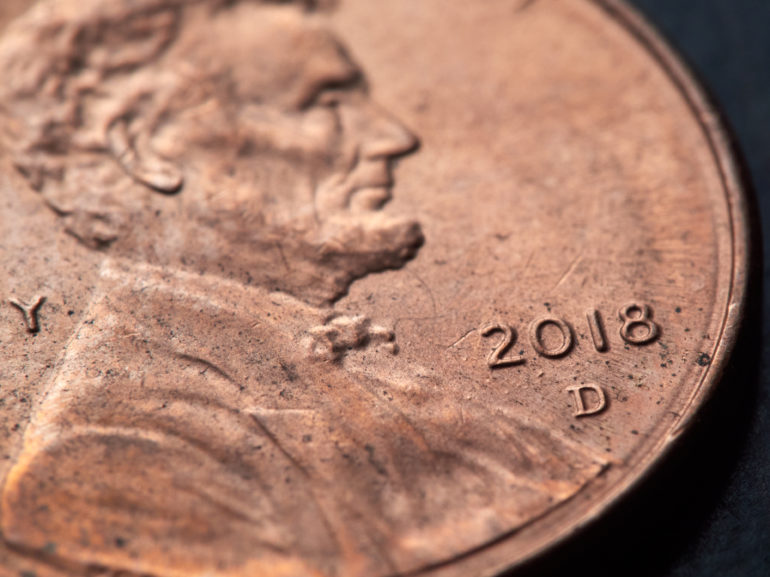
Macro lenses allow us to see the world in a completely different way. It is easy to overlook small objects and never give them much thought, but macro lenses can make small objects larger than life. There are many lenses that claim to be macro lenses, but the way to make sure is by checking whether it is capable of reproducing at 1:1. Basically, this means you can create images of tiny objects that will fill up the entire size of the sensor in your camera.
Macro lenses enable you to get so close to objects there will be no need for cropping to get your subject to fill the frame, and that means there will be no loss of detail. Macro lenses also double as fantastic portrait lenses thanks to their ability to produce gorgeous bokeh, gorgeous colors, and detail-rich images. If you want to have fun with your photography, you owe it to yourself to check out macro lenses. All of the macro lenses listed below offer reproduction rates of 1:1, and we guarantee they will be some of the sharpest lenses you will ever use. Check out seven of our favorite macro lenses below.
Sigma 70mm F2.8 DG Macro Art
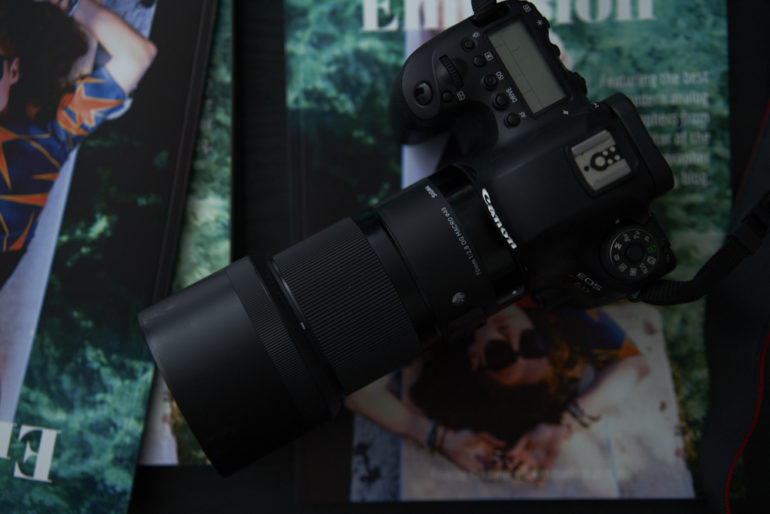
Here are the pros and cons from our review:
Pros
- Pretty good on the bokeh
- Sharp
- Accurate autofocus
Cons
- Autofocus can be a bit slow, but it’s a Macro lens
- Could use stabilization
Buy now Canon EF ($469): Adorama
Buy now Sony E ($469): Adorama
IRIX 150mm F2.8 Dragonfly Macro Lens
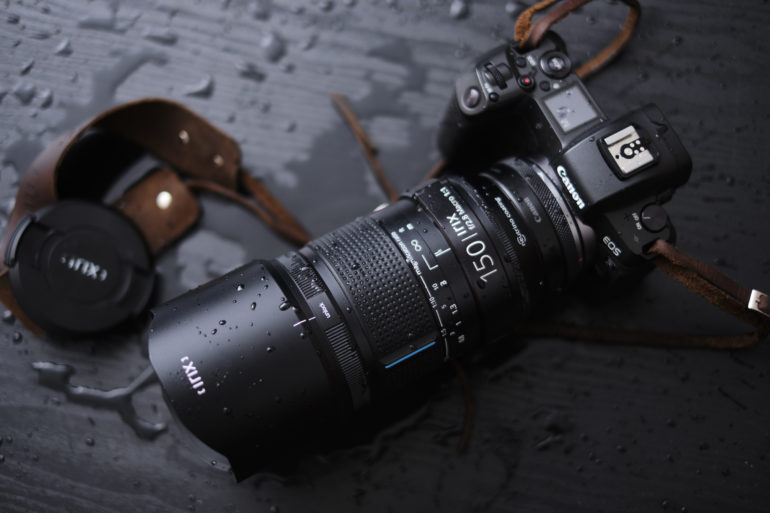
Here are the pros and cons from our review:
Pros
- 11 aperture blades for super creamy bokeh
- Weather sealing
- Great for portraits
- Fantastic for actual macro
- When using the Canon EOS R, the system recognizes the AF/AE contacts and aids with focus peaking using the rangefinder system
- Very sharp
- It’s really affordable
Cons
- We wish they made this for Mirrorless cameras
Buy now Canon EF ($495): Adorama
Buy now Nikon F ($495): Adorama
Buy Now Pentax K ($485): Adorama
Sony 50mm F2.8 Macro
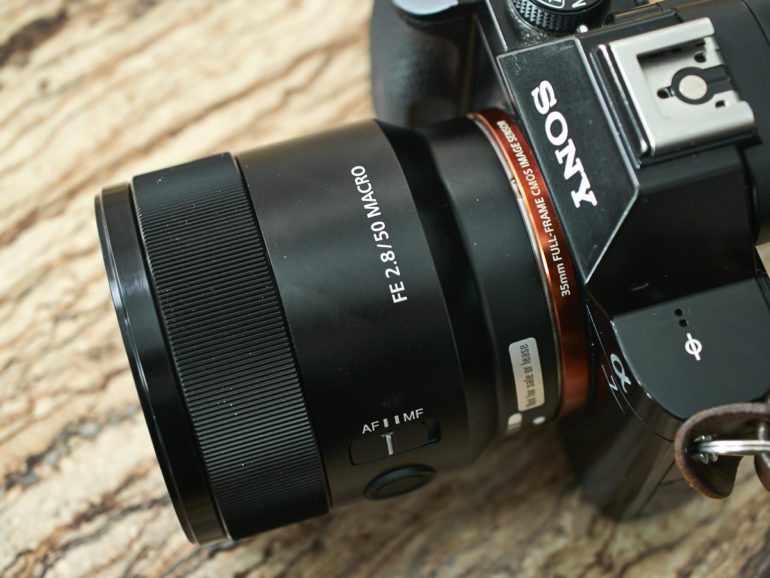
Here are the pros and cons from our review:
Pros
- Small size
- Sharp image quality
- Pretty darn close focusing range
- Smooth bokeh
Cons
- Loud focusing motors, so it isn’t so great for autofocusing video
Buy now ($498): Adorama
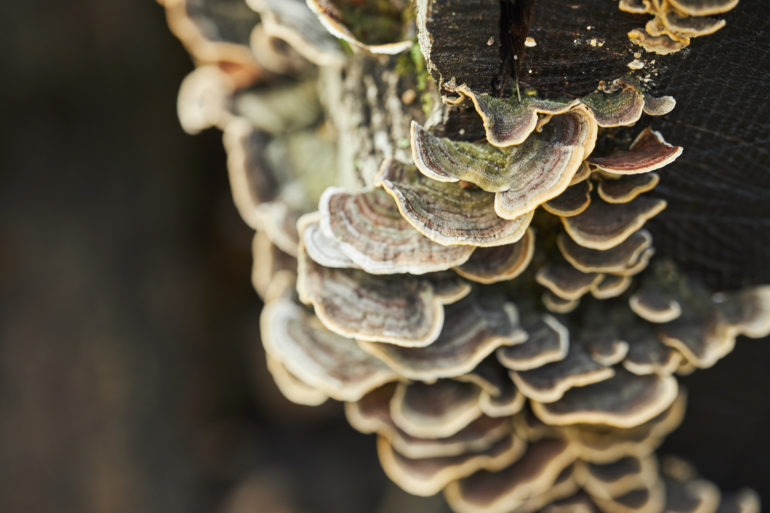
Pro Tip: One thing we cannot recommend highly enough when it comes to macro photography is a stable tripod. Macro photography is incredibly challenging, and you’re often dealing with such extreme narrow depths of field that even the slightest movement will ruin your shot. A popular technique in this field of photography is focus stacking, and again, to focus stack, you will need a good tripod. We have reviewed a ton of tripods at The Phoblographer, so head to our review section to see some reviews, and then Adorama to see all the tripods they have on sale.
Olympus M.ZUIKO DIGITAL ED 60mm F2.8
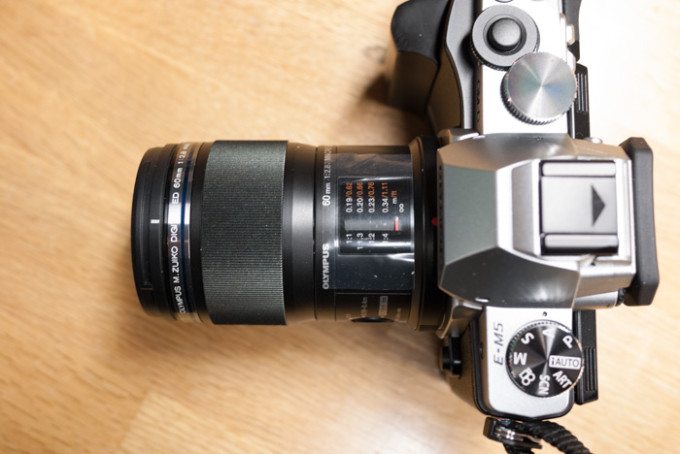
Here are the pros and cons from our review:
Pros
- Excellent optics/image quality
- Lightweight
- 1:1 Maximum Reproduction Ratio
- Focus Distance Dial
- Splash/Dustproof
- 46mm filter thread (more common than the Olympus 45mm’s 37mm thread)
Cons
- AF is not terrible, but it is not as fast as Olympus’ other primes, e.g., 45mm and 12mm
- All plastic construction
- Lens hood not included
- No image stabilization. This will not matter for Olympus shooters, but Panasonic shooters take note
Buy now ($499): Adorama
Tokina 100mm F2.8 Macro FiRIN
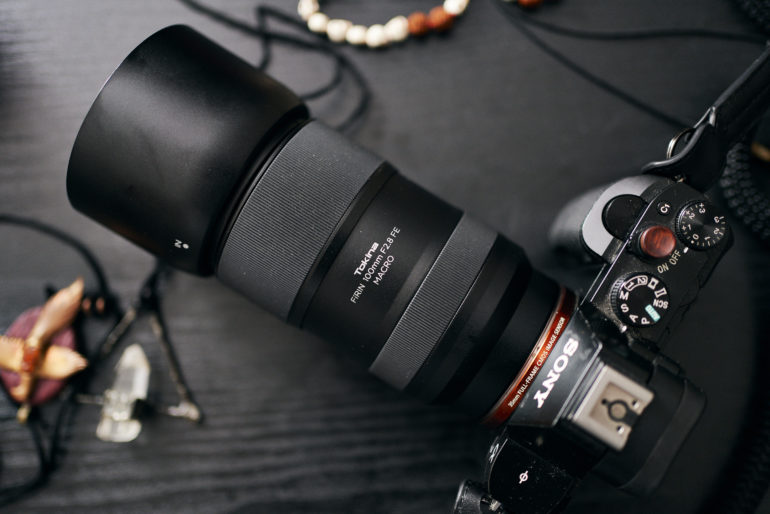
Here are the pros and cons from our review:
Pros
- Good optical quality
- Images are nice and muted
- Beautiful bokeh
- Sharp
- Affordable
Cons
- No weather sealing, while Tamron would have done it for the same price point or even just a bit more
Buy now ($499): Adorama
Fujifilm 80mm F2.8 R LM OIS WR Macro
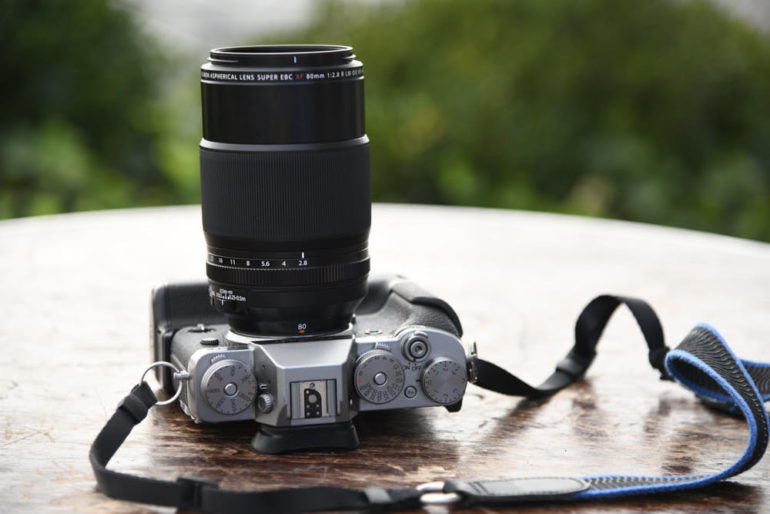
Here are the pros and cons from our review:
Pros
- Image Stabilization is good
- Weather resistant
- Really sharp
- Convenient focal length for macro and portrait work
Cons
- The lens is loud
- It’s huge compared to most other XF lenses
Buy now ($949): Adorama
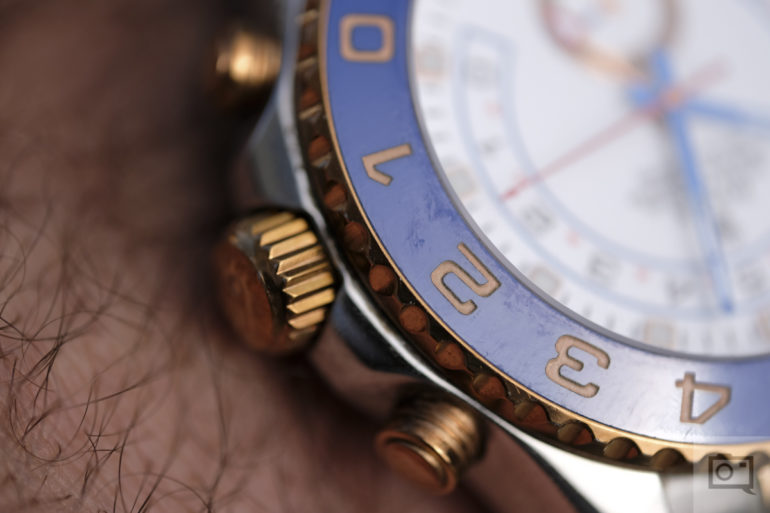
Pro Tip: There’s a lot to learn when it comes to macro photography. It may seem like an easy genre, but studying lighting, composition, focus stacking, and working with such shallow depths of field take time. Along with practicing by yourself, we recommend investing in some training materials that will help you get the most out of your macro lenses, and will teach the ins and out of this type of photography. This guide will teach you all there is to know, and it’s incredibly affordable.
Sony 90mm F2.8 Macro G OSS
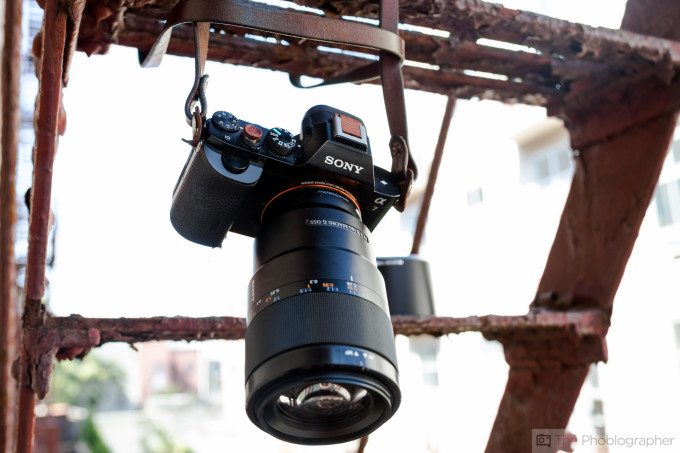
Here are the pros and cons from our review:
Pros
- Great image quality in most situations
- Sharp performance, again in most situations
- Optical stabilization
- Fast-focusing performance
- Very silent stabilization
- Internal focusing design, and one that is pretty small for what it is. In fact, it’s about on par with a DSLR lens designed for the same purpose.
- Push/pull focusing ring
- Lightweight
- At last, a focusing scale that actually works
Cons
- The colors just aren’t there compared to many of Sony’s other lenses
Buy now ($998): Adorama


